Overview The Schneider 140CPU67160 is a high-performance CPU module designed for use with the Modicon Quantum platform in industrial automation systems. This module supports the Unity programming environment and is ideal for applications requiring high reliability and availability, particularly in critical control processes. Key Features Model Number: 140CPU67160 Type: CPU Module Compatibility: Designed for use with the Modicon Quantum series and compatible with Unity Pro software. Specifications Processor Type: Hot Standby processor, providing redundancy and ensuring continuous operation in the event of a failure. Communication: Multimode Ethernet: Supports various Ethernet protocols, including Modbus TCP/IP, enabling seamless integration with other devices and systems. Redundant Network Option: Allows for network redundancy to enhance system reliability. Memory: RAM: Typically equipped with 128 MB or more for handling complex applications. Flash Memory: Includes substantial flash memory for program and configuration storage. Performance: Execution Speed: Optimized for fast execution of control logic, making it suitable for real-time applications. I/O Handling: Capable of managing a large number of I/O points, depending on the system configuration. Hot Standby Functionality: Provides automatic switchover to the standby processor in case of a fault, minimizing downtime and ensuring uninterrupted operations. Programming Environment: Compatible with Schneider's Unity Pro software for programming and configuration, offering a user-friendly interface for developing applications. Applications Industrial Automation: Ideal for complex automation tasks in manufacturing, oil and gas, water treatment, and other critical sectors where reliability is paramount. Process Control: Suitable for applications requiring high levels of control and monitoring, with the added benefit of redundancy. Common Questions What are the primary functions of the 140CPU67160 module? It serves as the central processing unit for Modicon Quantum systems, managing control processes and ensuring high availability through its hot standby capabilities. How is the hot standby feature implemented? The module operates with two processors, where one is active and the other is in standby. If the active processor fails, the standby automatically takes over without interruption to the process. Can this CPU module communicate with other devices? Yes, it supports multimode Ethernet communication, allowing it to interface with a wide range of devices and systems using various protocols. What programming environment is used with this module? The 140CPU67160 is programmed using Unity Pro, Schneider’s software platform designed for programming and configuring Modicon controllers. What are the advantages of using a hot standby CPU? The primary advantage is increased system reliability and availability, as it minimizes downtime and maintains process control during faults or maintenance. Schneider HMI...
Read More

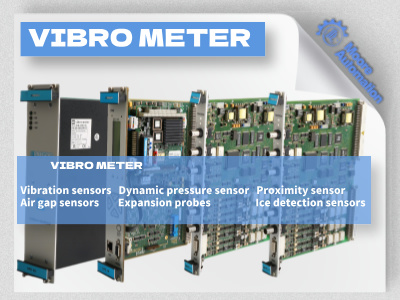
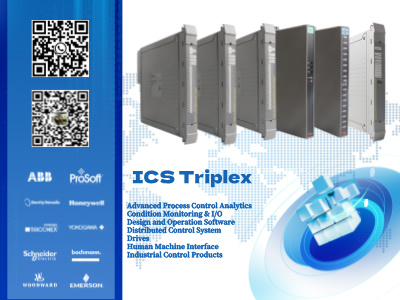
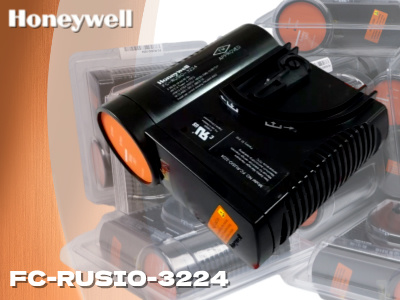
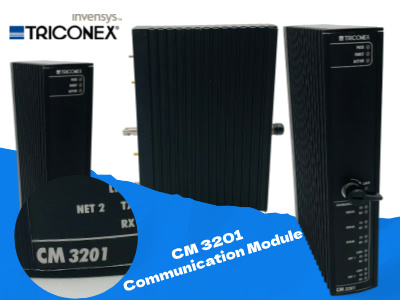
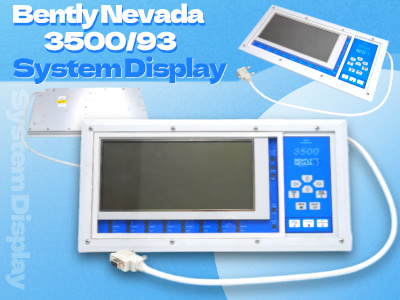

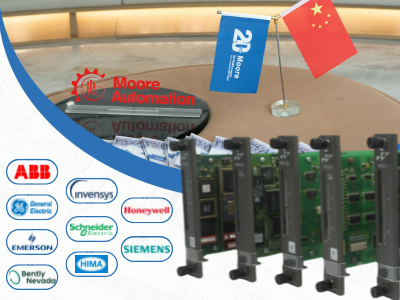
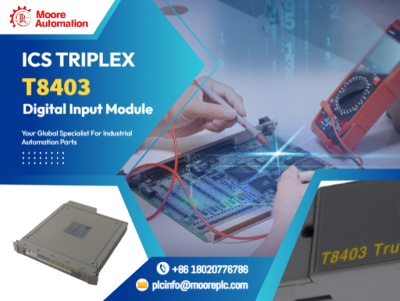

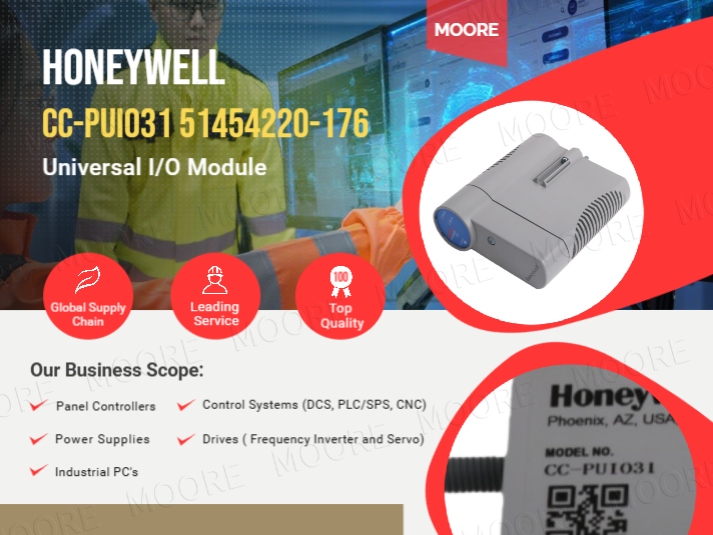
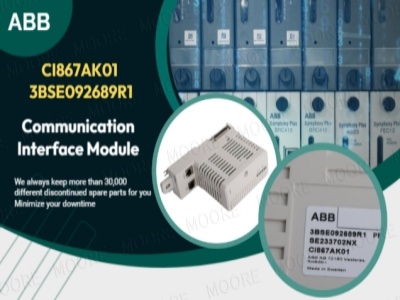












 IPv6 network supported
IPv6 network supported